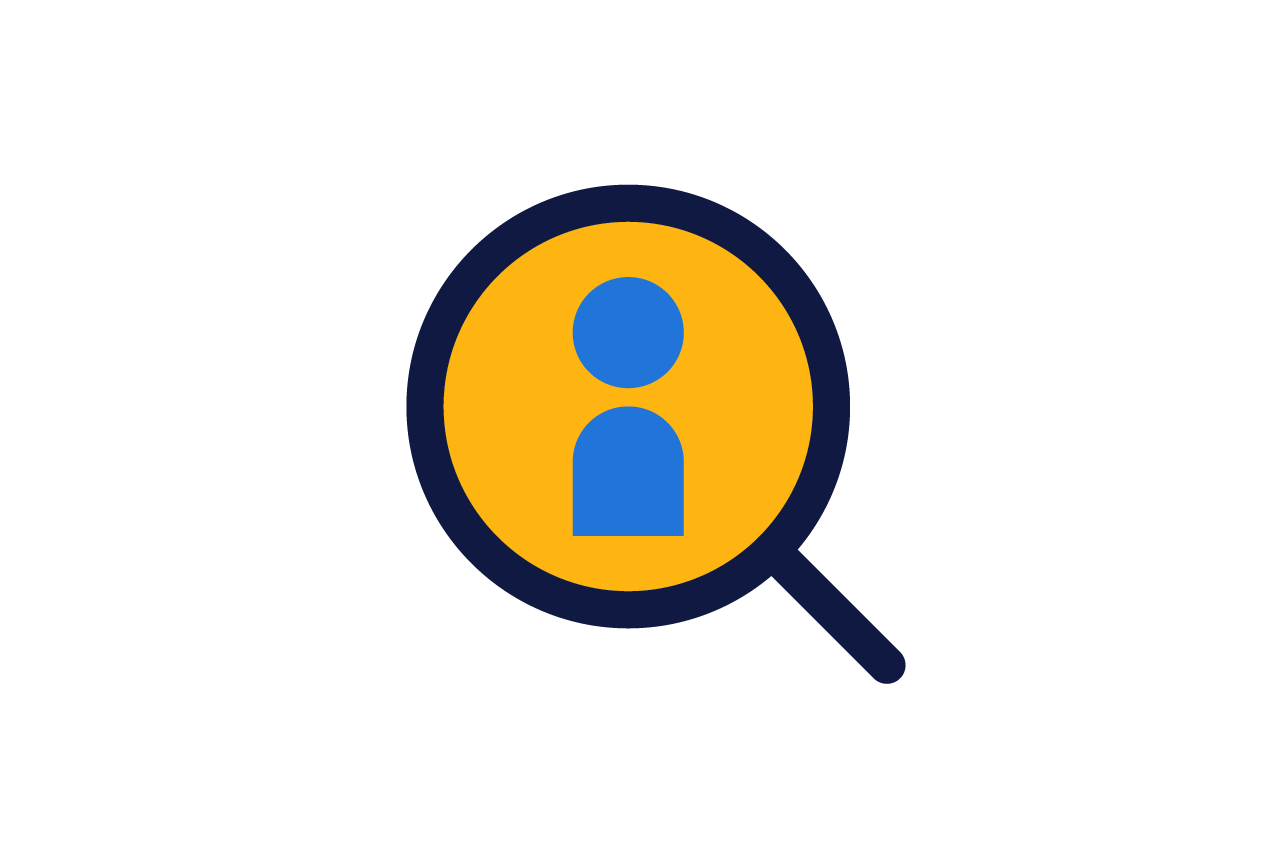More than ever, employees want their jobs to be enjoyable, productive and engaging, and their workplaces to give them a sense of purpose and belonging.
The onus is on employers to design an employee experience that delivers, ensuring they truly understand and can meet employee expectations. The alternative is to risk losing talent to competitors.
To ensure smooth sailing here, businesses must first evaluate their current employee journey.
Every company progresses through certain staff lifecycle milestones that impact how they deliver their employee experience, including candidate attraction, recruitment, onboarding, staff development, management, staff exits and alumni engagement.
Mapping out the experience will give employers clear oversight of the current landscape and help to identify the direction needed to be taken to adopt a best-in-class approach.
Here is a simple checklist that team leaders can use to roadmap their strategy and improve physical, technological and cultural employee experiences.
1. physical
A workspace should enable employees to be healthier, happier and more productive.
Those responsible for designing the workspace need to ensure the overall employee experience is at the heart, including:
- Everything that people see, hear, smell, touch and taste
- Ambience and decor
- Quality of the office equipment
- Number and variety of meeting rooms and working spaces
2. technological
Technology is integral for almost every workplace and highly valued by employees because it helps to solve problems, drive efficiencies and promotes innovation.
By providing leading technology and tools, companies can ensure workers are equipped to manage tasks effectively and re-focus resources to other parts of the business.
Employers can harness technology in the following ways:
- The latest software, programs and processes
- High-speed broadband and Wi-Fi connectivity levels
- New communications programs and devices
- Shared channels to communicate project updates, collect feedback and address concerns
- Collaboration tools and platforms that allow people to work on projects virtually
3. cultural
While culture was once the sole consideration of the employee experience, our understanding of the concept has broadened significantly and it now reaches far beyond the general ‘feel’ of the workplace to define an organisation’s brand personality.
It is crucial to take into account how staff feel about the work they do, their interactions with colleagues, their roles within the wider organisation, their perception of expectations placed on them and how this will impact your company culture.
With a recent study revealing 87 per cent of people joined a company for their culture (1), it’s clearly a key decision driver. Organisations can up the ante by fine-tuning the following:
- Overall salary, compensation and employee benefits
- Organisation structure and hierarchy
- Workplace atmosphere and activity levels
- Open, honest and transparent communication from co-workers
- Career experiences over progression
- Inclusion, diversity and equality
- Job satisfaction, autonomy and trust
- Regular, actionable and proactive on-the-job feedback
Reviewing these cultural aspects of a brand also helps employers distinguish themselves from competitors and appeal to the talent they are looking to attract.
Organisations that map their employee experience journey ultimately have a higher-performing workforce and a lower attrition rate.
And it is valuable to recognise that even the seemingly small aspects, whether physical, technological or cultural, will influence an employee’s perception of their workplace.
for deeper insights and case studies, please request the white paper below.
MktoForms2.loadForm("//app-sj02.marketo.com", "016-GXU-216", 2204);
1. Savage, M. and Bunda, P. (2014). The Evolving Culture-scape and Employee Expectation. [online] JWT INSIDE. Available at: https://www.slideshare.net/JWTINSIDE/culture-scape-1028-sm [Accessed 21 Aug. 2018].
For more information on how you can retain and attract the best talent for your business, please request the Randstad Employer Brand Research report.
download here